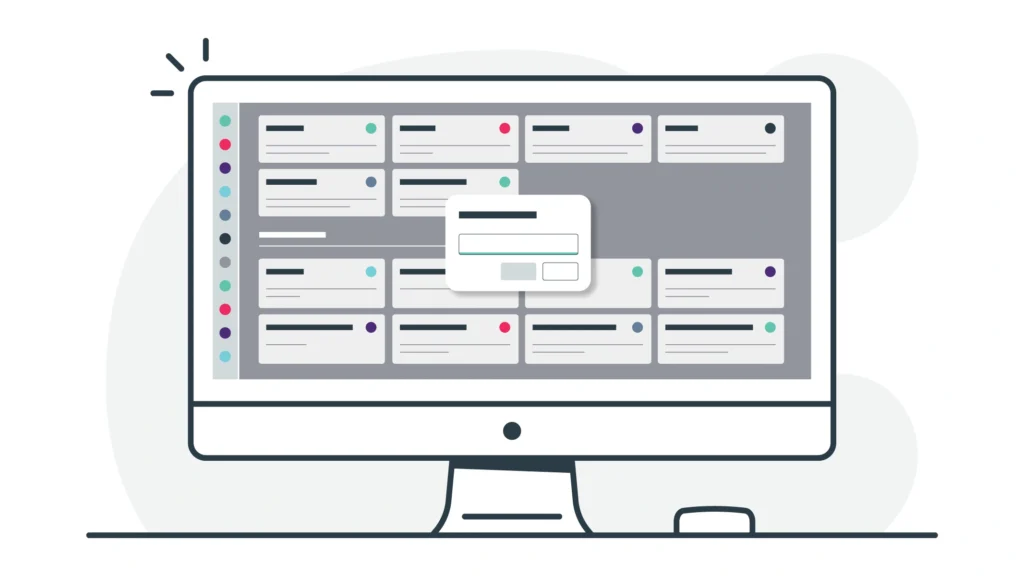Get a callback from our team within 20 minutes during business hours.

Many organisations struggle with managing disconnected tools and fragmented data.
Maybe you’re using Synapse Analytics, Power BI, or Azure Data Factory, but they’re operating in silos – or perhaps you’ve invested in platforms like Databricks or Snowflake but find them difficult to scale.
When your data tools aren’t working together, it leads to inefficiencies, rising costs, and missed opportunities. Even with powerful individual platforms, businesses often struggle to keep up with real-time insights, scalability, or the adoption of AI-powered tools.
That’s why organisations are switching to Microsoft Fabric: a unified analytics platform designed to streamline workflows, reduce costs, and empower smarter, faster decision-making.

Microsoft Fabric brings all your data together, making it easier than ever to uncover valuable insights. With a unified platform, you can streamline analytics, enhance decision-making, and drive business growth. Whether you’re migrating from an existing system or starting fresh, Fabric empowers you to harness your data’s full potential.

Microsoft Fabric brings all your data together, making it easier than ever to uncover valuable insights. With a unified platform, you can streamline analytics, enhance decision-making, and drive business growth. Whether you’re migrating from an existing system or starting fresh, Fabric empowers you to harness your data’s full potential.
Fabric brings together tools like Power BI, Synapse, ADF, and Databricks into a single, integrated environment. By consolidating these systems, Fabric simplifies workflows, eliminates data silos, and allows your teams to collaborate more effectively.

Switching to a new data platform isn’t a decision you make lightly, but it could be the move that changes everything.
Here’s the lowdown to help you decide if Microsoft Fabric is your next big step
Read more

Switching to Microsoft Fabric doesn’t have to be stressful. Our step-by-step process ensures your migration is efficient, secure, and fully tailored to your business needs.


We take a deep dive into your current tools, data workflows, and business objectives to craft a migration plan that aligns perfectly with your goals.

We clean, map, and organise your data, ensuring everything works seamlessly within Fabric’s unified platform while eliminating inefficiencies and silos.

Instead of copying old reports, we rebuild and optimise dashboards to take full advantage of Fabric’s powerful features like real-time insights and AI capabilities.

We run comprehensive tests across your pipelines, reports, and workflows to guarantee everything functions smoothly before go-live.

Your team will gain the confidence to use Microsoft Fabric effectively with our tailored training sessions, covering everything from the basics to advanced analytics tools.

Post-migration, we remain by your side – offering ongoing support, implementing new features, and ensuring Fabric continues to deliver value as your organisation evolves.
Yes! Our migration process ensures all historical data is securely transferred to Microsoft Fabric, with no loss of information. We also optimise your data structure for improved performance within Fabric’s unified environment.
Absolutely. While Power BI is a powerful tool on its own, migrating Power BI to Fabric gives you access to AI-driven insights, enhanced scalability, and deeper integration with Microsoft 365. This allows you to streamline workflows and improve collaboration across teams.
Yes! Fabric’s lakehouse architecture and scalable infrastructure make it ideal for handling even the most complex datasets. Whether you’re migrating from Synapse, ADF, or Databricks, Fabric’s platform is designed for high-volume data without compromising performance.
Our migration process is designed to minimise disruptions. We perform rigorous testing and validation to ensure your workflows are functional before transitioning fully to Microsoft Fabric.
Absolutely. Whether you need to migrate Synapse to Fabric, Power BI to Fabric, or integrate with other tools like Azure Data Factory, we tailor the migration process to your specific requirements and goals.
In most cases, with proper planning, Fabric can be implemented within a few weeks, depending on the complexity of your data.